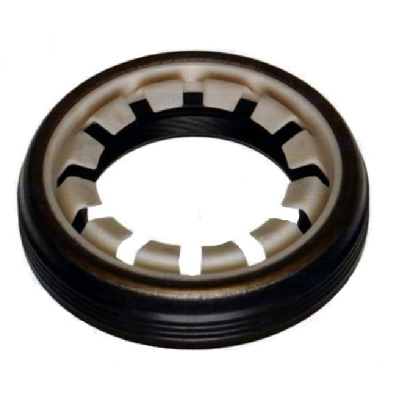How to Properly Drain Oil from Your Lawn Mower's Drain Plug
Understanding Lawn Mower Oil Drain Plugs Maintenance Essentials for a Healthy Machine
When it comes to maintaining your lawn mower, one of the most critical components is the oil system. Just like any other engine, a lawn mower runs efficiently only when its oil is clean and at the proper level. One key part of this system is the oil drain plug. This article delves into the significance of the oil drain plug, how to use it properly, and tips for maintenance.
What is an Oil Drain Plug?
An oil drain plug is a small but important component located at the bottom of the mower's engine. Its primary function is to provide a means to drain the old oil from the engine when it’s time for an oil change. Typically made from durable materials such as metal or plastic, the drain plug is designed to withstand the oil pressure and prevent any leaks.
Importance of Regular Oil Changes
Regular oil changes are essential for keeping your lawn mower in peak condition. Over time, oil can become contaminated with dirt, debris, and breakdown products. This can lead to increased friction in the engine, reducing its efficiency and lifespan. Routine oil changes, typically every 50 hours of operation or at the beginning of the mowing season, ensure that your mower operates smoothly and efficiently.
How to Change Oil Using the Oil Drain Plug
Changing the oil in your lawn mower using the oil drain plug is a straightforward process. Here’s a step-by-step guide to help you perform this essential maintenance task
1. Gather Your Tools You will need an oil container to catch the old oil, a wrench or socket set to remove the drain plug, a funnel, and new oil suitable for your mower model.
2. Prepare the Mower Start by ensuring your mower is turned off and cool. If your mower runs on gas, it’s best to let it sit for a while to avoid any fuel spilling during the process.
3. Locate the Drain Plug Find the oil drain plug, which is usually on the underside of the engine. Refer to your owner's manual if you're having trouble locating it.
lawn mower oil drain plug

4. Drain the Old Oil Using the appropriate wrench or socket, carefully remove the drain plug. Allow the old oil to fully drain into your container. Be mindful of the used oil, as it must be disposed of according to local regulations.
5. Replace the Drain Plug Once all the oil has drained, reinsert the drain plug and tighten it securely, but avoid overtightening as it may cause damage.
6. Add New Oil Use a funnel to pour the new oil into the engine. Check your owner’s manual for the recommended oil type and quantity.
7. Check Oil Levels After adding oil, use the dipstick (if available) to check that the oil level is within the recommended range.
8. Clean Up Dispose of the old oil properly, and clean any spills that may have occurred during the process.
Maintenance Tips
To ensure that your oil drain plug remains effective and your lawn mower operates at its best, consider the following maintenance tips
- Check for Leaks Regularly inspect the drain plug and surrounding areas for any signs of oil leaks. - Use the Right Oil Always use the type of oil specified in your mower’s manual to avoid engine damage. - Inspect the Plug Look for wear and tear on the oil drain plug, and replace it if it's damaged to maintain a tight seal. - Schedule Regular Maintenance Don’t wait for problems to arise. Regularly scheduled maintenance will save you time and money in the long run.
Conclusion
In summary, the oil drain plug plays a vital role in maintaining the health and efficiency of your lawn mower. By understanding its importance and following proper maintenance procedures, you can keep your mower operating smoothly season after season. Remember, a well-maintained lawn mower not only leads to a well-groomed lawn but also extends the life of your machine.
-
The Ultimate Guide to Car Repair Kits: Tools and Essentials Every Driver Should Own
News Aug.01,2025
-
The Complete Guide to Oil Pan Gaskets: Sealing Engine Leaks the Right Way
News Aug.01,2025
-
Preventing Oil Leaks: A Complete Guide to Oil Pan Gaskets and Drain Seals
News Aug.01,2025
-
Everything You Need to Know About Oil Pan Gaskets and Drain Plug Seals
News Aug.01,2025
-
Essential for Car Owners: How to Use a Car Repair Kit to Deal with Minor Breakdown
News Aug.01,2025
-
Comprehensive Guide to Engine Oil Sump Gaskets and Related Seals
News Aug.01,2025
-
The Ultimate Guide to Boat Propeller Bearings and Trailer Wheel Bearings
News Jul.31,2025
Products categories















